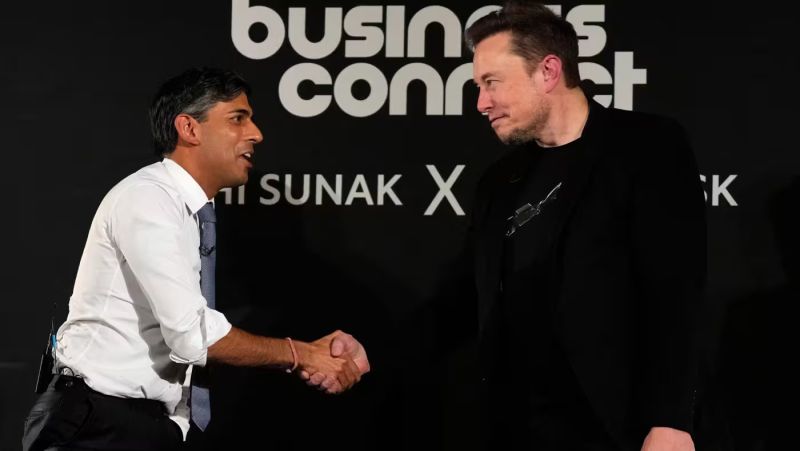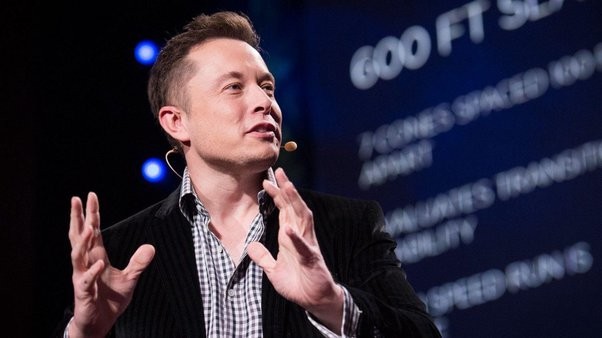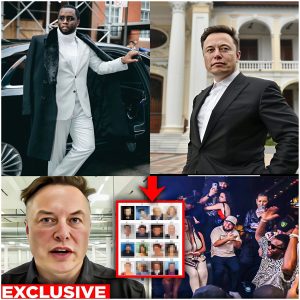Elon Musk, the visionary entrepreneur behind Tesla, SpaceX, and Neuralink, has once again surprised the world with an unexpected product: the Tesla Smartwatch. Known for pushing the boundaries of technology, Musk’s latest creation is more than just a traditional smartwatch; it symbolizes a bold leap into the future of wearable tech and artificial intelligence (AI). This device not only showcases cutting-edge technology but also raises questions about the implications of rapid AI development on society. Let’s dive into the significance of this breakthrough and its broader impact.

The Birth of the Tesla Smartwatch
Tesla’s new smartwatch was developed in record time, with Musk and his team leveraging their expertise in AI, software, and hardware design to bring this innovative device to market. The timeline of its creation is astonishing, with reports suggesting that the concept went from the drawing board to production in less than a year. This rapid development reflects the relentless pace at which Musk’s ventures operate, always aiming to disrupt industries and push the limits of what is technologically possible.
The smartwatch is equipped with state-of-the-art features that go beyond the standard offerings of competitors. Unlike other smartwatches that focus mainly on fitness tracking, notifications, or seamless smartphone integration, the Tesla Smartwatch takes things a step further. It harnesses the power of AI to provide a personalized experience that learns and adapts to users’ preferences and needs.

Advanced Features and Potential Applications
So, what makes the Tesla Smartwatch stand out from the crowd? At its core, the device combines a sleek, minimalist design with a host of powerful technologies. Its standout features include:
- AI-Powered Personal Assistant: One of the most groundbreaking aspects of the Tesla Smartwatch is its AI-driven assistant. Unlike conventional voice assistants, Tesla’s AI is designed to understand complex queries, anticipate user needs, and provide context-aware responses. This is made possible through machine learning algorithms that continuously adapt to the user’s habits, schedules, and preferences.
- Health and Wellness Monitoring: The smartwatch integrates advanced health sensors, capable of monitoring everything from heart rate variability to blood oxygen levels, and even sleep patterns. It can provide early alerts for potential health issues, allowing users to take preventive measures before problems escalate. For Musk, who has been vocal about prioritizing health technology, these capabilities align with his broader vision of enhancing human well-being through innovation.
- Seamless Integration with Tesla Vehicles: As expected from a company known for its electric vehicles, the Tesla Smartwatch is designed to work seamlessly with Tesla cars. Users can control their vehicles remotely, check battery levels, adjust climate settings, and even use the watch as a digital key. This integration highlights the smartwatch’s role not just as a standalone device but as part of a larger ecosystem that aligns with Musk’s vision of a tech-driven, sustainable future.

Ethical Considerations in AI Development
While the Tesla Smartwatch is undoubtedly a technological marvel, its release raises important ethical questions regarding AI’s role in our daily lives. As AI becomes increasingly embedded into wearable technology, concerns about data privacy, surveillance, and the potential misuse of personal information have come to the forefront.
Elon Musk has been an outspoken advocate for responsible AI development, even suggesting that unchecked AI could pose existential risks to humanity. The Tesla Smartwatch reflects his cautious approach by implementing robust privacy features. It reportedly uses on-device processing to handle sensitive data, reducing the need to transmit information to cloud servers. This emphasis on user privacy sets it apart from competitors, who often rely heavily on cloud-based data analytics.
However, the ethical implications don’t end with privacy concerns. As the smartwatch uses machine learning to anticipate user behavior, it could inadvertently influence decisions or reinforce biases based on user data. This raises the question of how much autonomy we are willing to surrender to AI systems that may, over time, gain an increasing amount of control over our daily routines.
The Impact on the Tech Industry
The introduction of the Tesla Smartwatch is likely to send ripples across the tech industry. With its advanced capabilities and seamless integration with existing Tesla products, it sets a new standard for what smartwatches can achieve. Competitors like Apple, Samsung, and Google may find themselves playing catch-up as Tesla pushes the envelope on AI-driven wearable technology.
Beyond its immediate impact on the smartwatch market, this new release hints at Tesla’s broader ambitions in the tech space. By expanding beyond electric vehicles and energy products, the company is positioning itself as a leader in AI and consumer technology. If successful, the Tesla Smartwatch could serve as a launchpad for future innovations that blur the lines between AI, hardware, and human interaction.

A Glimpse into the Future
In many ways, the Tesla Smartwatch encapsulates Musk’s relentless drive to innovate and challenge the status quo. By combining AI, health tech, and Tesla’s established ecosystem, the smartwatch is poised to reshape how we think about wearable technology. As it continues to evolve, it could serve as a stepping stone toward even more ambitious projects, such as Neuralink’s brain-machine interfaces or Tesla’s rumored plans for AI-driven robotics.
However, as we embrace the benefits of such cutting-edge technology, we must also remain vigilant about the ethical implications. The Tesla Smartwatch represents a double-edged sword: it has the potential to enhance our lives, but it also brings us closer to a future where AI plays an ever-greater role in shaping human behavior.
Ultimately, the Tesla Smartwatch is not just a gadget—it’s a glimpse into the future that Elon Musk envisions. A future where AI doesn’t just serve us, but becomes an integral part of how we live, work, and interact with the world around us.





